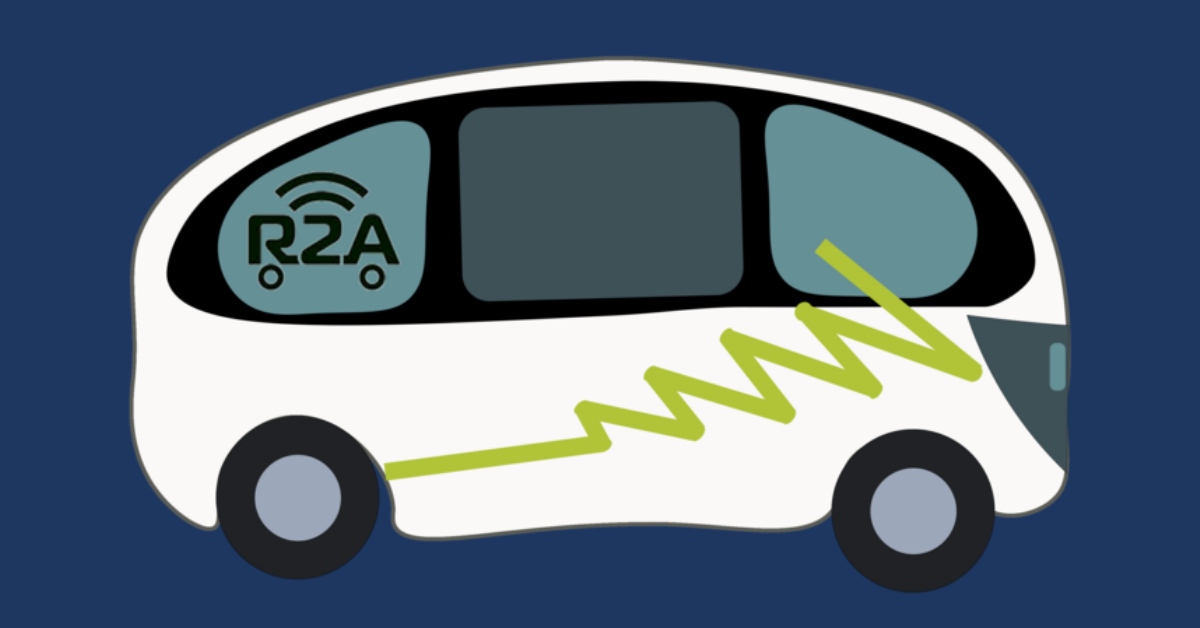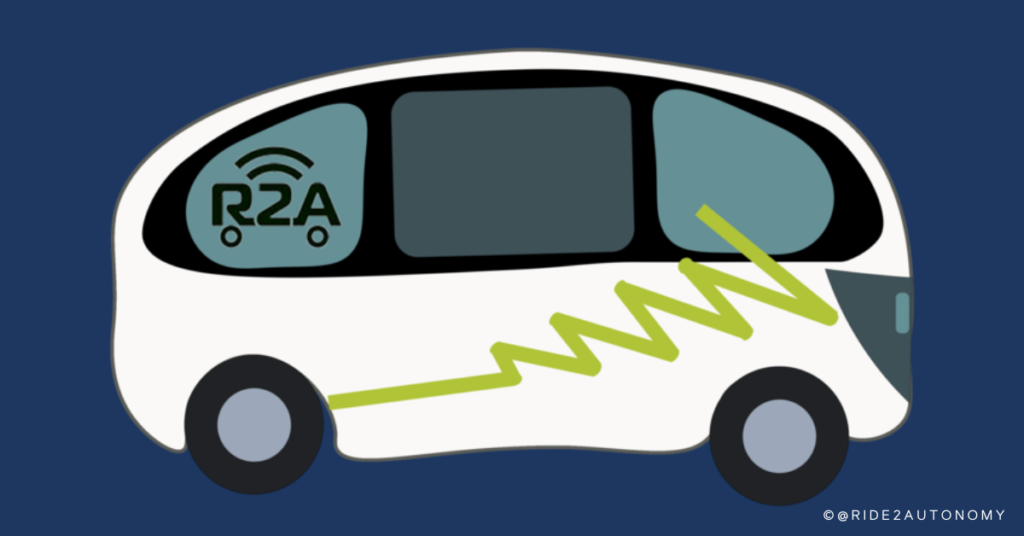
Transcreation is a very unique feature of translation services that has its own framework of rules and challenges and requires some special skills and attitudes. In this blog entry, we will look at the secret ingredients that we need for this special formula(tion) of translation & copywriting.
Transcreation = Translation with creativity?
In the case of translation, the most important aspect of the process is to convey the meaning of the text from the source language to the target language as closely as possible. However, the main object of transcreation is not the meaning but the message of the text (which is often just a short slogan) and the emotions the text evokes – that is, the translated item should have a similar effect on the reader in both the source and the target language. Transcreation is most often used in the field of marketing and it requires a great deal of creativity on the part of the translator.
Transcreation = many questions & more niggling?
Transcreation is a special translation format that entails different attitudes from both the client and the agency. First and foremost, transcreation is a creative process that works in a looser timeframe than a regular translation project, and often the first delivery of the transcreated text is not the final one, as this might require finetuning. Therefore, communication is vital in a transcreation project as it is actually a constant collaboration between the client and the linguist. In addition to that, detailed background information – that is, creative briefs – is integral to the success of the transcreation projects. Such creative briefs should contain documents that offer ample background for the transcreator to find the best solution – including background information on the client, cultural details on the target language or its version (because of the linguistic and lexical differences, transcreation between UK and US English can happen, too) and its market; description of the media environment (in what format and on what platform the text will appear, are there character limits etc.).
Transcreation = the art of finding the most effective words
The unusual features of a transcreation project do not stop here. Compared to a translation project where the timeframe and its arrangements can be defined by exact factors (e.g. number of words or pages), transcreation projects cannot be described or organised this way – a slogan might only be three words long but its transcreation could still take many hours or days. As a consequence, the pricing should be based on working hours or per project, as it could entail many aspects that cannot be expressed in exact numbers (e.g. time for research or the finetuning process). At the same time, the linguist should be very much aware of his/her own timeframe and work patterns in order to estimate the necessary working hours as closely as possible. Service providers should opt for linguists with copywriting experience and, with a more specialised project, the expertise in a given field is also important. Due to cultural sensitivity, the linguist should have the target language as the native language and should live in the target country.
Transcreation is a challenging but interesting side of the translation industry that shows a unique viewpoint on how languages and cultures work in relation to each other. It requires a different approach than a regular translation, but a well-communicated and properly set-up project greatly improves the brand credibility of the client while opening up a new world of possibilities for linguists and language service providers.
Transcreation = a new possibility for your company to speak your target group’s language in a very effective way
Written by Beke Zsolt, Edited by Csilla Dömötör
Get a first-hand experience on how our language services can contribute to your success! Get in touch with us for a quote if you need translation or any relevant services.
To stay updated with our latest SPECIAL OFFERS and to receive our regular newsletter, please subscribe here.




